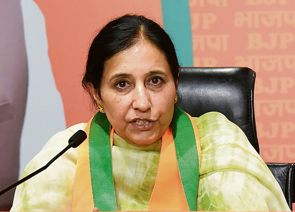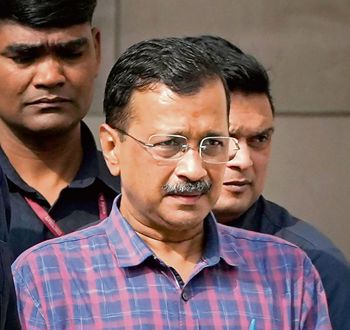Vibha Sharma
Tribune News Service
New Delhi, December 2
Climate change or otherwise, rain-ravaged Chennai is a wakeup call for urban planners in all cities, including Delhi, Chandigarh and those located in Punjab and Haryana, especially in the wake of anticipated increase in extreme rain events in the country.
* Himachal’s apple crop, power projects face threat: Study
* Delhi’s air loaded with pollutants
* World’s richest emit 50% of CO2: Report
While the frequency of extreme rainfall events is expected to increase, as also warned by the IPCC, environmentalists say the damage caused in Chennai, Srinagar (2014), Uttarakhand (2013) and Mumbai (2005) was more of man’s creation than nature. Environment Minister Prakash Javadekar refuses to link the unprecedented rain situation in Tamil Nadu directly to climate change. Terming it a natural calamity, he also called Chennai, Srinagar and Uttarakhand incidents as a wakeup call for urban planners.
The minister said, “What has happened in Chennai over the past 10 days is a very serious situation. It cannot be directly attributed to climate change. It is a natural calamity, which needs to be tackled effectively. Therefore, we must take immediate steps to prevent such occurrences. We need to keep drains clean and open, allow water to flow naturally, even in urban India.” He also added that such instances were occurring because of the “frequency of irregular monsoon”.
India Meteorological Department chief LS Rathore also refused to link the Chennai episode directly to global warming or climate change. It might be viewed in context with the number of increasing extreme events, decrease in number of rainy days and the fact that 2015 was likely to go down as the warmest year, ever.
Notably, before leaving for the Paris climate change summit, Prime Minister Narendra Modi, in his “Mann Ki Baat” programme, linked the excess rain in Tamil Nadu this northeast monsoon season to climate change.
Meanwhile, environmentalists have criticised the way urban planning rules are being flouted across the country. They warn that the frequency of the events is increasing—all indicative of climate change.
Describing the ongoing rain in Tamil Nadu and that witnessed in Jammu and Kashmir a year ago as clear instances of climate change episodes, they are warning the planners to start respecting the rules of urban planning in the country before it is too late.
As Chennai experiences its worst rain in 100 years, the IMD has predicted more rain for Tamil Nadu and Puducherry over the next week. Manoj Mishra of Yamuna Jiye Abhiyaan says the increasing episodes of intense events in the country are a proof that India is most vulnerable to climate change.
However, the misery that the common man is suffering is man-created, he adds.
“Chennai is the story of mismanaged city planning—a revisit to Srinagar 2014 and Mumbai 2005. The rising water level in Chennai is a proof of its ravaged urban planning. It will be the same story elsewhere, be it Jalandhar, Ludhiana and Patiala in Punjab or Ambala in Haryana,” says Mishra.
“In these cities, natural drainage systems have either been restricted or completely blocked. Rainwater needs to drain out, but in most cities in the country, including Delhi, the drains have either been blocked or restricted. If rainwater does not find a natural exit, there will be water-logging in urban areas,” adds Mishra.
Even though Chandigarh is quoted as an example of modern urban planning, Mishra says the Rajiv Gandhi Technology Park in the city is also situated over a natural drainage system. “It is the same story everywhere throughout the country, whether it is the Commonwealth Games village on the Yamuna riverbed or the construction over the Barapullah flyover in Delhi. The Union Government guidelines issued in 2010 clearly say what is required to prevent urban flooding. However, our urban planning is not as per landscape or topography, but as per the convenience of builders,” he says.



























